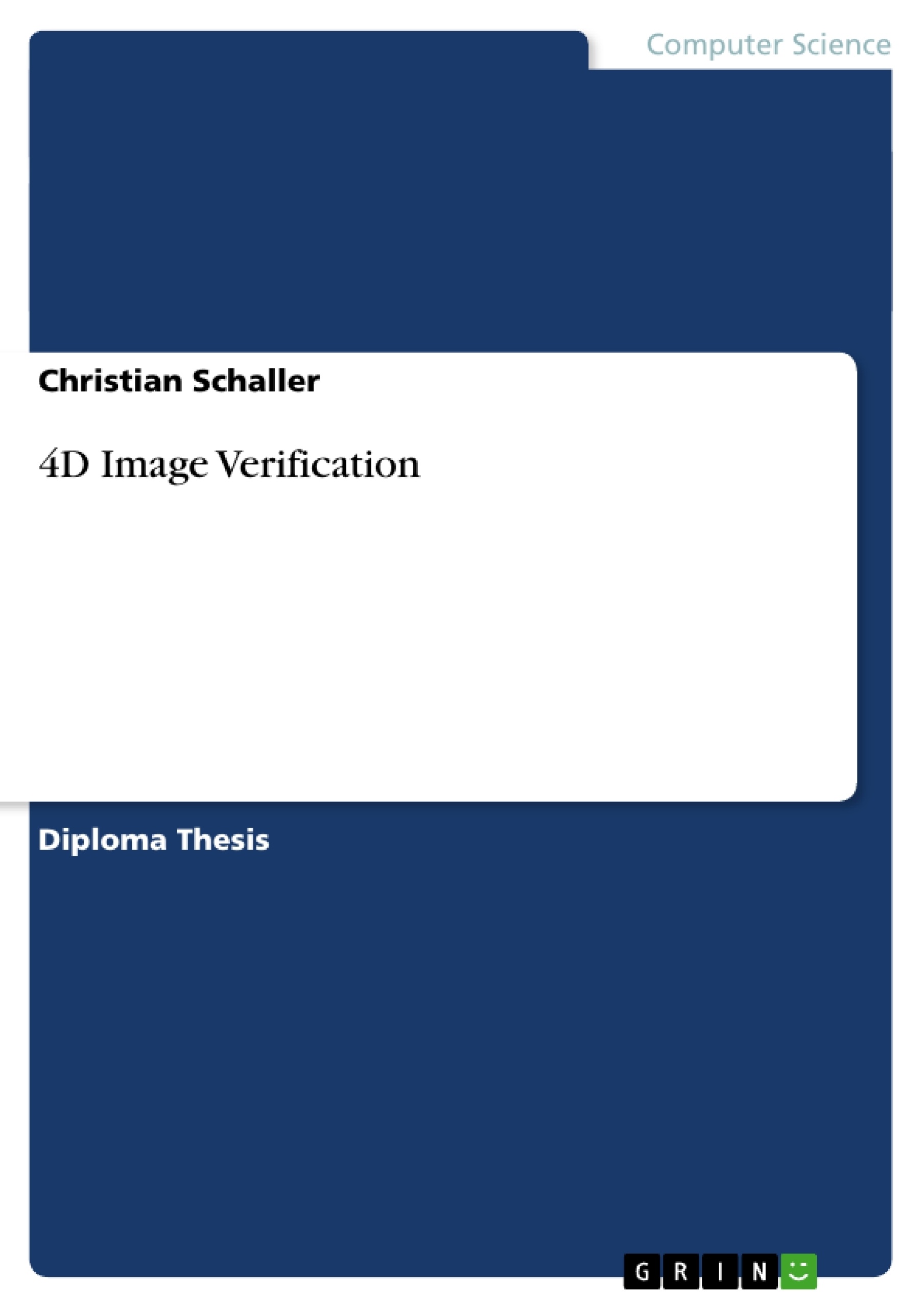Far reaching developments and technical advances took place within the field of radiotherapy in the last years. Radiotherapy within the chest and abdomen area is especially important in the field of radiotherapy. Within this regions, organ and tumor positions are significantly affected by patient respiration. The tumor motion, caused due to respiration is compensated by extending the treated area. This extension covers all possible positions of the tumor and therefore also includes healthy tissue.
Several clinical studies provide evidence of a survival advantage for higher dose levels. To spare a maximum of healthy tissue physicians use ’gated radiotherapy’. Common recent approaches for gated radiotherapy are based on the observation of a surrogate. This either can be an implanted fiducial marker or an external signal, which is trying to capture the patients’ respiration.
Within this thesis principles and methods of ’gated radiotherapy’ are described. Additionally an overview of recent patents and products related to radiotherapy are presented and advantages and disadvantages of both common approaches are discussed. This discussion leads to a new developed method, which is introduced. The method joins advantages of both known methods but disregards their disadvantages. The developed algorithm is using image guided methods and methods of medical image processing. A mapping between a 4D-CT planning volume and a most recent acquired fluoroscopic sequence of the same patient is calculated before treatment. Using this mapping and an external breathing signal the physician can define gating intervals and treat the patient in certain breathing phases.
The developed algorithm is included in an existing prototype developed by Siemens Corporate Research (SCR) in Princeton, NJ, USA. Using this prototype, the application of the method is shown. Furthermore another prototype to acquire respiration synchronized fluoroscopic sequences is developed. Both applications are introduced within this thesis.
Inhaltsverzeichnis (Table of Contents)
- Übersicht
- Abstract
- Abbreviations
- 1 Introduction
- 1.1 Radiotherapy
- 1.2 Gated Radiotherapy
- 1.3 Motivation and Contribution of this Thesis
- 2 State-of-the-Art
- 2.1 Gated Radiotherapy Systems
- 2.1.1 Respiration Monitoring
- 2.1.1.1 External Monitoring
- 2.1.1.2 Internal Monitoring
- 2.1.2 Gating Methods
- 2.1.2.1 Retrospective Gating
- 2.1.2.2 Prospective Gating
- 2.2 Related Work
- 3 Methodology
- 3.1 Framework of Gated Radiotherapy
- 3.1.1 4D-CT
- 3.1.2 Image-Guided Respiration Gating
- 3.2 Algorithm Development
- 3.2.1 Image Registration
- 3.2.2 Tracking of Respiratory Motion
- 3.2.3 Gating
- 4 Implementation
- 4.1 Application Development
- 4.2 Image Acquisition Prototype
- 4.3 Gating Prototype
- 5 Evaluation and Discussion
- 5.1 Evaluation Methodology
- 5.2 Evaluation Results
- 5.3 Discussion
- 6 Conclusion and Future Work
Zielsetzung und Themenschwerpunkte (Objectives and Key Themes)
This thesis explores the principles and methods of gated radiotherapy, which aims to minimize radiation exposure to healthy tissues during tumor treatment. The work focuses on the development and implementation of a novel image-based method for respiration-synchronized radiotherapy.
- The importance of gated radiotherapy in minimizing radiation exposure to healthy tissue
- The challenges and limitations of existing gated radiotherapy methods
- The development of a novel image-based method for respiration-synchronized radiotherapy
- The integration and evaluation of the developed algorithm in a medical prototype
- The future potential and limitations of the proposed method
Zusammenfassung der Kapitel (Chapter Summaries)
- Chapter 1: Introduction This chapter provides an overview of radiotherapy, focusing on the need for gated radiotherapy techniques to mitigate the impact of respiratory motion on treatment accuracy. The motivation and specific contributions of this thesis are outlined.
- Chapter 2: State-of-the-Art A comprehensive review of existing gated radiotherapy systems is presented, including respiration monitoring methods (external and internal) and gating approaches (retrospective and prospective). The chapter explores related work and advancements in the field.
- Chapter 3: Methodology The chapter delves into the framework of gated radiotherapy, outlining the role of 4D-CT and the principles of image-guided respiration gating. The development of the novel algorithm, including image registration, motion tracking, and gating procedures, is discussed in detail.
- Chapter 4: Implementation The chapter describes the implementation of the developed algorithm within a medical prototype, showcasing its practical application. The development of both an image acquisition prototype and a gating prototype is presented.
- Chapter 5: Evaluation and Discussion This chapter outlines the methodology used to evaluate the performance of the developed system. Evaluation results are presented and discussed, analyzing the efficacy and limitations of the proposed method.
Schlüsselwörter (Keywords)
The key focus of this thesis is the development and application of an image-based method for gated radiotherapy, utilizing 4D-CT and image-guided methods to mitigate respiratory motion during tumor treatment. This approach is based on principles of medical image processing and aims to improve treatment accuracy and minimize healthy tissue exposure.
- Quote paper
- cand. Dr.-Ing. Dipl.-Inf. cand-kfm. Christian Schaller (Author), 2007, 4D Image Verification, Munich, GRIN Verlag, https://www.grin.com/document/73280



